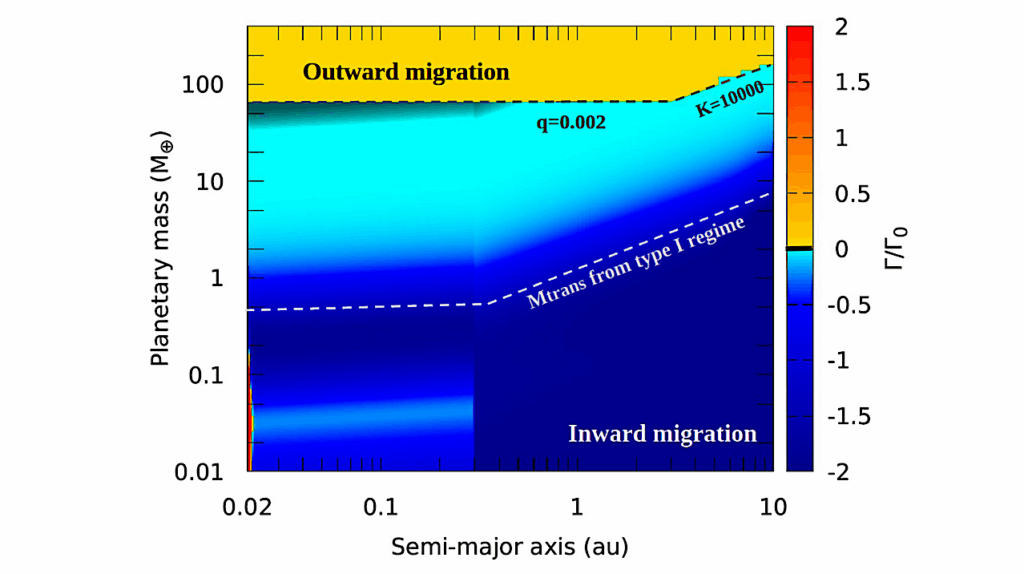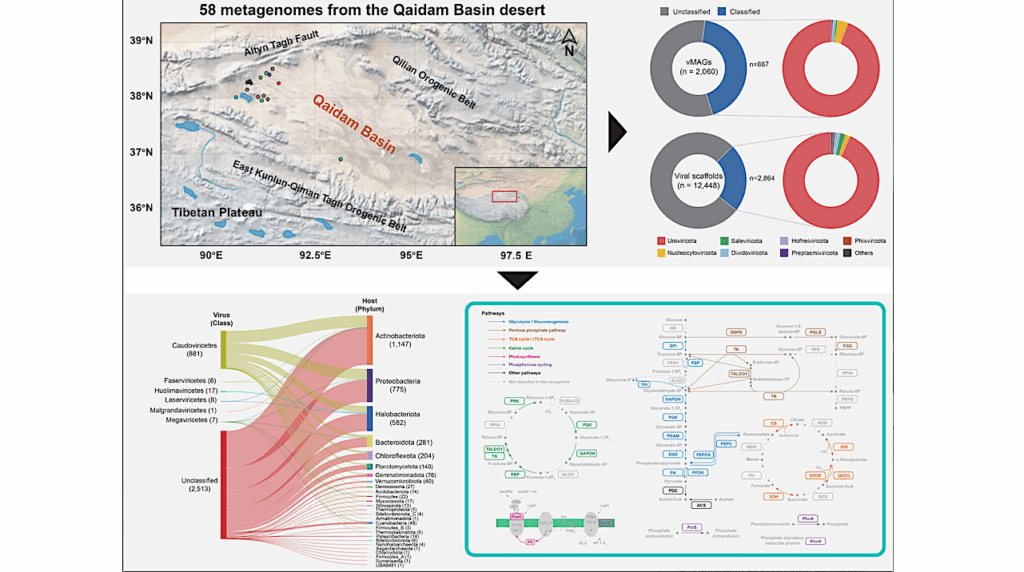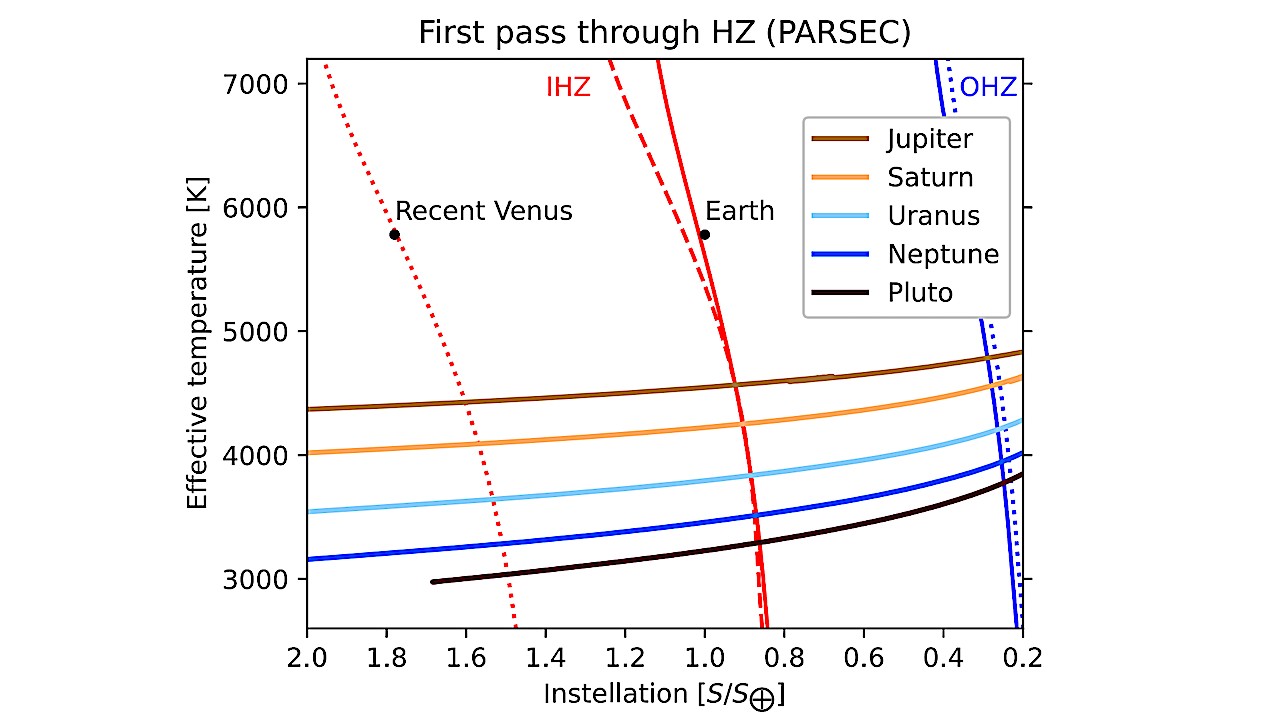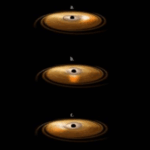Now Reading: Laminae as Structural Biosignatures in NASA’s Life Detection Knowledge Base
-
01
Laminae as Structural Biosignatures in NASA’s Life Detection Knowledge Base
Laminae as Structural Biosignatures in NASA’s Life Detection Knowledge Base
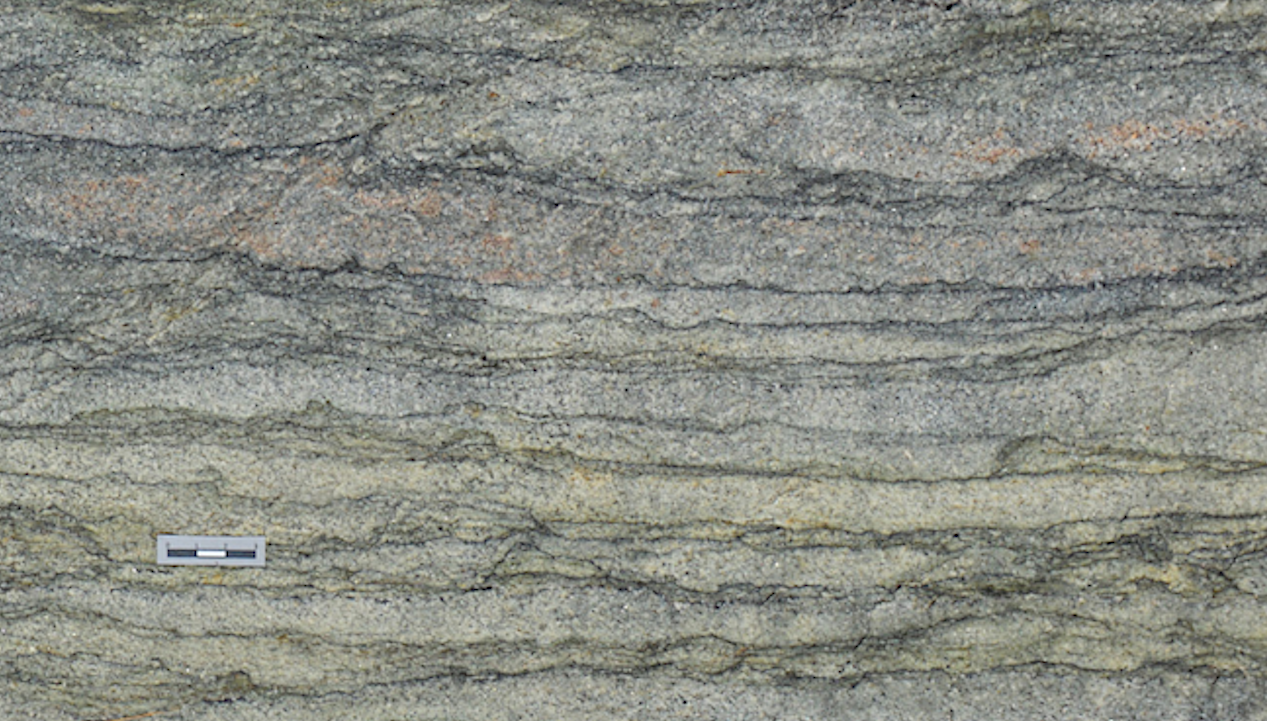

Laminations interpreted as microbial mat remains. A. Outcrop image of microbial mat
laminations (dark layers) interbedded with medium- to coarse grained sandstone of the 3.22 Ga Moodies Group, South Africa (Small scale bar in image is 3 cm). — NASA NTRS
Laminae are millimeter-scale features in rocks created by physiochemical processes that can be influenced by the presence and activities of communities of organisms that occur as biofilms and microbial mats.

Schematic representation of the relationship between criteria, “arguments”, and false positive/negative potential within the Life Detection Knowledge Base (LDKB). Knowledge sourced from peer-reviewed publications is represented in the LDKB in the form of user-created “arguments” that are organized according to whether they (i) relate to biological or abiotic sources of a given PB, (ii) concern prevalence or signal strength, and (iii) argue for high versus low prevalence or signal strength. Arguments can be formulated in environment- or context-dependent terms.– NASA NTRS
The structure and composition of laminae reflect the processes involved in their formation and can be preserved in the rock record over geologic time, however diagenetic and metamorphic alteration can lead to the loss of primary information and confusion over the interpretation of their origins.
As potential records of ancient life, laminae can preserve evidence of microbial activity over billions of years of Earth’s history. On planetary bodies beyond Earth, laminae in sedimentary rocks are the most common sedimentary structure and represent significant features of interest that can record habitable conditions (e.g., the presence of liquid water) at the time of their formation.
Here we review the significance of laminae as targets for astrobiological exploration. We discuss common mechanisms by which laminae form in natural environments on Earth, present arguments and evidence for laminae as biosignatures, and describe how such information is incorporated into the NASA Life Detection Knowledge Base.

Examples of lamination morphologies formed principally by abiotic physiochemical processes. A. Parallel laminations formed through seawater evapoconcentration and precipitation, Castille Fm., Texas, USA. B. Cross laminations formed by aqueous fluid flow, in Baraboo Quartzite, Devil’s Lake State Park, Wisconsin, USA. C. Concretion exhibiting concentric Liesegang banding. D. Deformed laminations caused by pedogenesis and the displacive growth of calcite concretions (arrows). E. Stylolote formed by pressure solution, Columbus Limestone, Kelleys Island, Ohio, USA. F. Convolute (irregular) laminations formed by soft-sediment deformation, Navajo Sandstone, Capitol Reef National Park, Utah, USA. G. Irregular layers produced by metamorphism in the Joshimath Formation, Indian Himalayas; note the presence of red metamorphic garnets (arrows). Image credits: (A, B, E, F, G) J. St. John, Ohio State University at Newark; (C, D) S. Potter-McIntyre. — NASA NTRS
Astrobiology
Stay Informed With the Latest & Most Important News
Previous Post
Next Post
Previous Post
Next Post
-
 012024 in Review: Highlights from NASA in Silicon Valley
012024 in Review: Highlights from NASA in Silicon Valley -
 02Panasonic Leica Summilux DG 15mm f/1.7 ASPH review
02Panasonic Leica Summilux DG 15mm f/1.7 ASPH review -
 03From Polymerization-Enabled Folding and Assembly to Chemical Evolution: Key Processes for Emergence of Functional Polymers in the Origin of Life
03From Polymerization-Enabled Folding and Assembly to Chemical Evolution: Key Processes for Emergence of Functional Polymers in the Origin of Life -
 04How New NASA, India Earth Satellite NISAR Will See Earth
04How New NASA, India Earth Satellite NISAR Will See Earth -
 05And Thus Begins A New Year For Life On Earth
05And Thus Begins A New Year For Life On Earth -
 06Astronomy Activation Ambassadors: A New Era
06Astronomy Activation Ambassadors: A New Era -
07SpaceX launch surge helps set new global launch record in 2024













